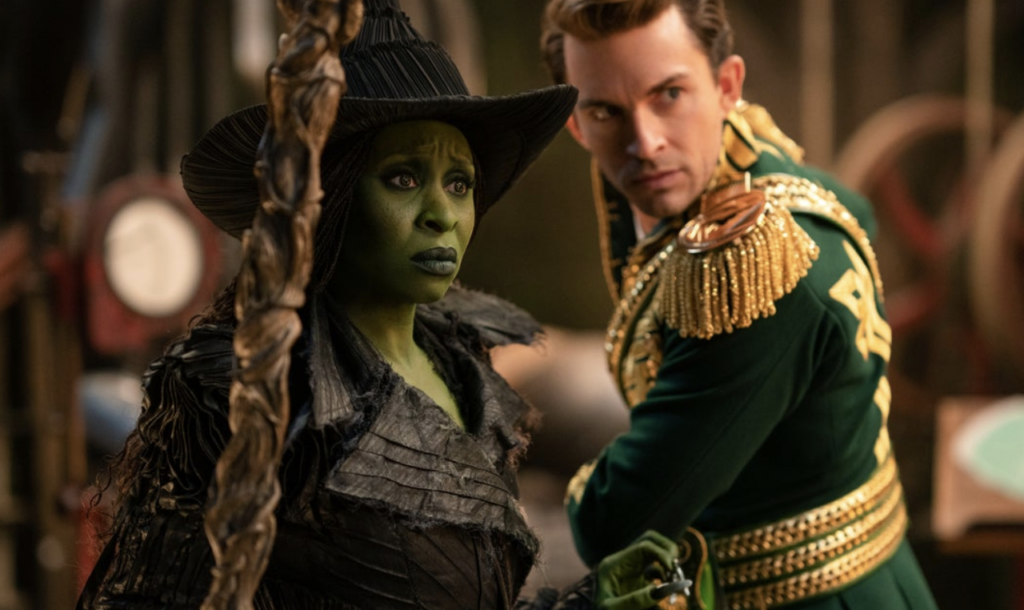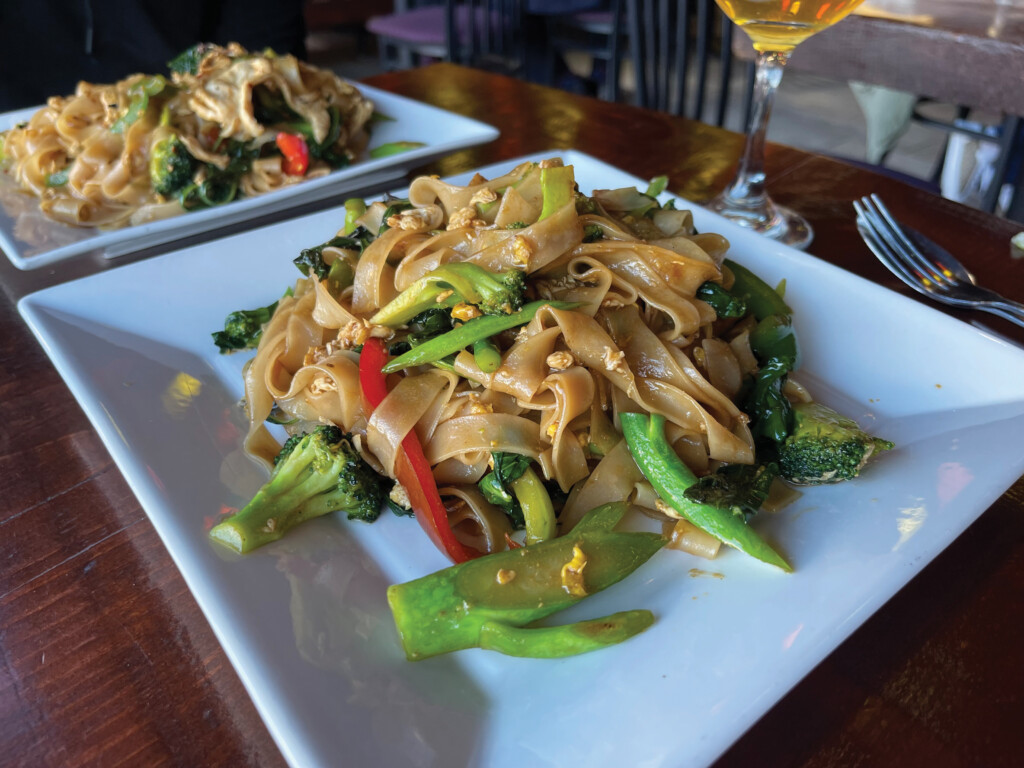Recalling the Aunt Jemima Story

This iconic advertising image wasn’t the “Aunt Jemima” that I remember on the cardboard boxes of Aunt Jemima Pancake & Waffle Mix that my mother purchased at the cormer grocery store during my childhood.
No, the smiling African-American lady on those boxes was still sporting that post-Civil War slave ensemble: a red-and-white checked calico dress and a checkered kerchief on her head. As a kid, the illustration puzzled me. We lived in an urban neighborhood and none of the black women I knew dressed this way. I asked my mother why the picture on the pancake box looked like “Mammy” from Gone with the Wind. Her response? “Maybe it’s the same lady.”
When Ken Albala — author of the new book, Pancake, A Global History — spoke to a near-capacity audience at the downtown branch of the Kansas City Public Library on Tuesday night, he couldn’t not mention America’s best-known pancake mix since it had been invented so close to Kansas City. Back in 1889, a newspaper editorial writer for the Saint Joseph Gazette, Chris L. Rutt, began working on a formula for a self-rising pancake mix. He developed a product with Charles Underwood of the Pearl Milling Company and they introduced it under the “Aunt Jemima” name after Rutt saw a vaudeville act with a singing character impersonating a Southern “mammy” or house slave. To Rutt, the character represented a wholesome Americana image.
When Rutt sold the pancake mix formula and the name to St. Joseph-based R.T. Davis Milling Company, the owners used the image as a marketing tool and hired a former slave, Nancy Green, to portray the “Aunt Jemima” character at public demonstrations, showing the ease with which pancakes could be made at home. Even in the days before World War I, many Americans could afford to hire “help” to cook and clean at their homes. If they couldn’t, Aunt Jemima Pancake Mix, said Albala, represented the idea of “a black woman cooking for a prosperous white family.”
The image of Aunt Jemima as a servant has outlasted the up-to-date changes in the character’s image over the centuries — Quaker Oats bought the company in 1926 — and a book about the character, Slave in a Box, was released last year.
Albala argued, though, that “the image of Aunt Jemima has changed into a middle-class bourgeois housewife.”
There’s another Missouri pancake connection that Albala didn’t mention: In 1993, a former St. Louis resident, the prolific writer Fannie Hurst, published a best-selling novel, Imitation of Life. It was about a white woman who becomes a millionaire by selling and marketing a pancake mix based on a family recipe used by her friend and housekeeper, Delilah. A wildly-popular film based on the book, starring Claudette Colbert and Louise Beavers, was released the following year. Alas, when the movie was re-made with Lana Turner in 1959, the pancake subplot was completely removed from the script. — By Charles Ferruzza




